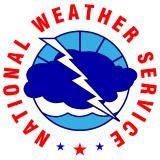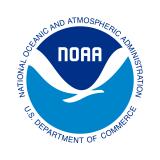Southeast Climate Monthly Webinar: November 19, 2024
The Atlantic hurricane season is finally winding down in the Southeast. November was warmer than normal across much of the region, with some locations on track to record one of their warmest Novembers on record. While rain along the Atlantic coast brought to an end some exceptionally long and record-breaking dry streaks, drought continued to expand and intensify from the northern Gulf Coast through the interior and northern portions of the region. Extreme Drought (D3) emerged across parts of Alabama and Tennessee. Streamflows are mostly below normal in much of Alabama, Tennessee and Mississippi, and near to or above normal in the rest of the region.
Below-normal temperatures are expected to move into the region over the next two weeks, except across the Florida Peninsula. There is a slight leaning to above-normal precipitation during this time. Flooding is not uncommon in the Southeast during the winter, and flood potential is expected to be close to normal for this time of year. For most of the Southeast region, odds lean toward below-average precipitation (rainfall + snow) and above-average temperatures this winter due to a potential arrival of a weak La Niña.
Check out the webinar recording to hear more on Southeast climate conditions and a special presentation, "El Niño-Southern Oscillation (ENSO) and Winter Outlook for the Southeast,” from Michelle L'Heureux at the National Weather Service Climate Prediction Center.
About This Webinar
The Southeast Climate monthly webinar series is hosted by the Southeast Regional Climate Center, the National Integrated Drought Information System (NIDIS), and the NOAA National Weather Service. These webinars provide the region with timely information on current and developing climate conditions such as drought, floods, and tropical storms, as well as climatic events like El Niño and La Niña. Speakers may also discuss the impacts of these conditions on topics such as agriculture production, water resources, wildfires, and ecosystems








